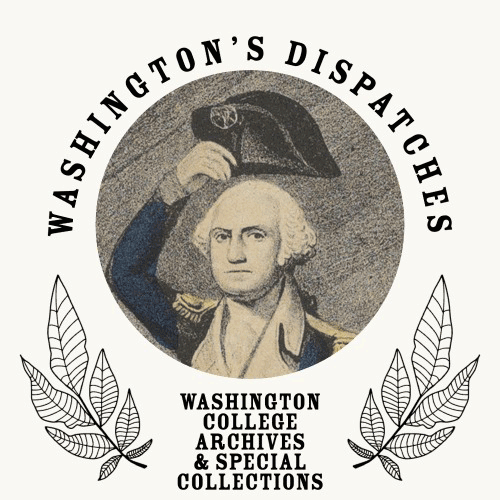Robin Hood
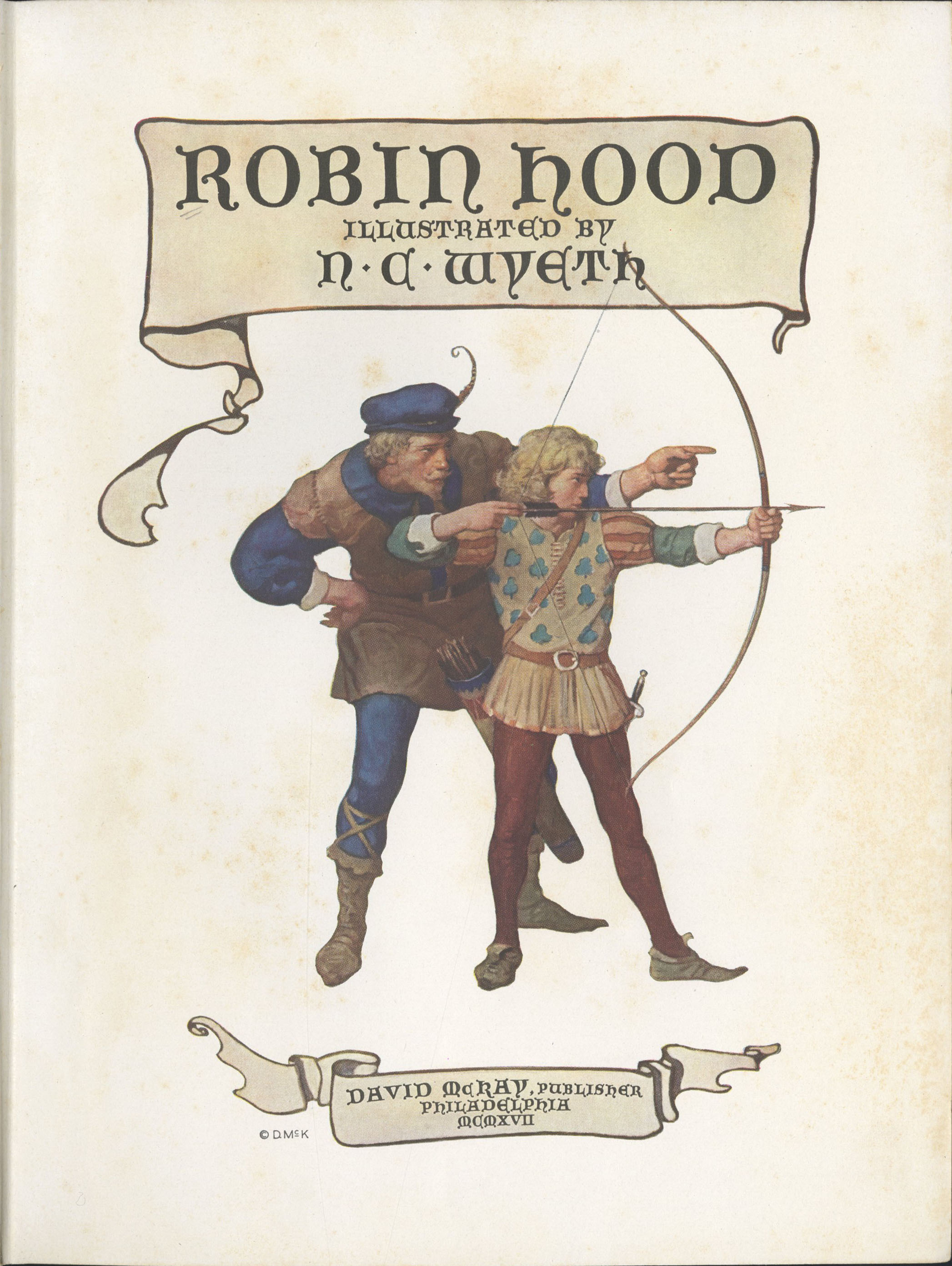
Robin Hood, written by Paul Creswick and illustrated by N.C. Wyeth, was originally published in 1917. Creswick adapted the fairytale of Robin Hood, as originally told in 1377 in William Langland's Piers Plowman.
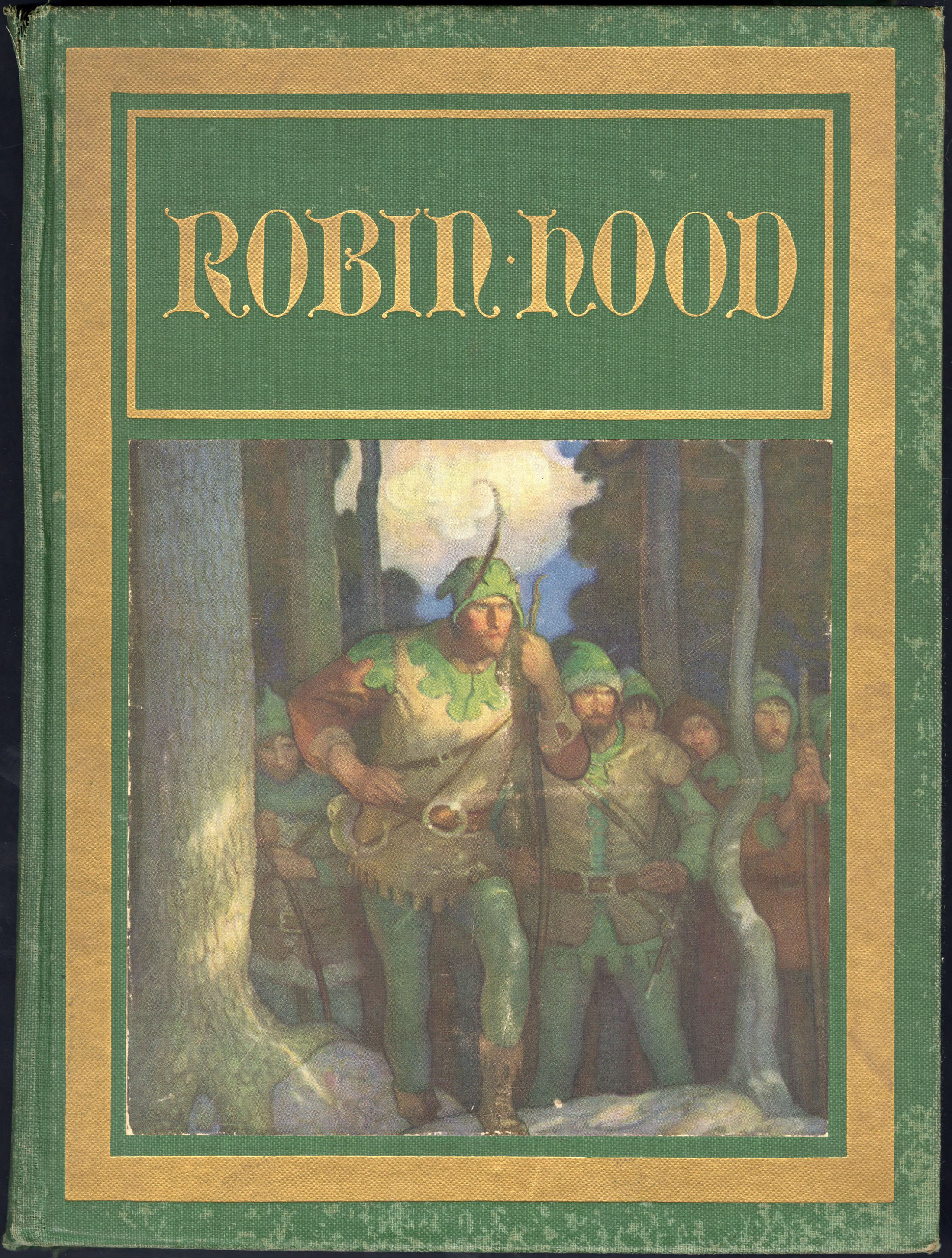 However, it is speculated that the story has existed for even longer in the form of
a 14th century ballad that was passed down orally before its first appearance in Piers Plowman. Creswick’s adaptation, however, is closely related to the 1883 book The Merry Adventures of Robin Hood, written in 1883 by Howard Pyle.
However, it is speculated that the story has existed for even longer in the form of
a 14th century ballad that was passed down orally before its first appearance in Piers Plowman. Creswick’s adaptation, however, is closely related to the 1883 book The Merry Adventures of Robin Hood, written in 1883 by Howard Pyle.
Creswick’s retelling of Robin Hood is significant for a couple reasons, primarily its theme of realism and the illustrations
accompanying the book. Creswick’s version of Robin Hood is a traditional fairy tale following the hero's journey; however, unlike previous
iterations, Creswick injects a sense of realism by exploring themes of injustice,
rebellion, and justice.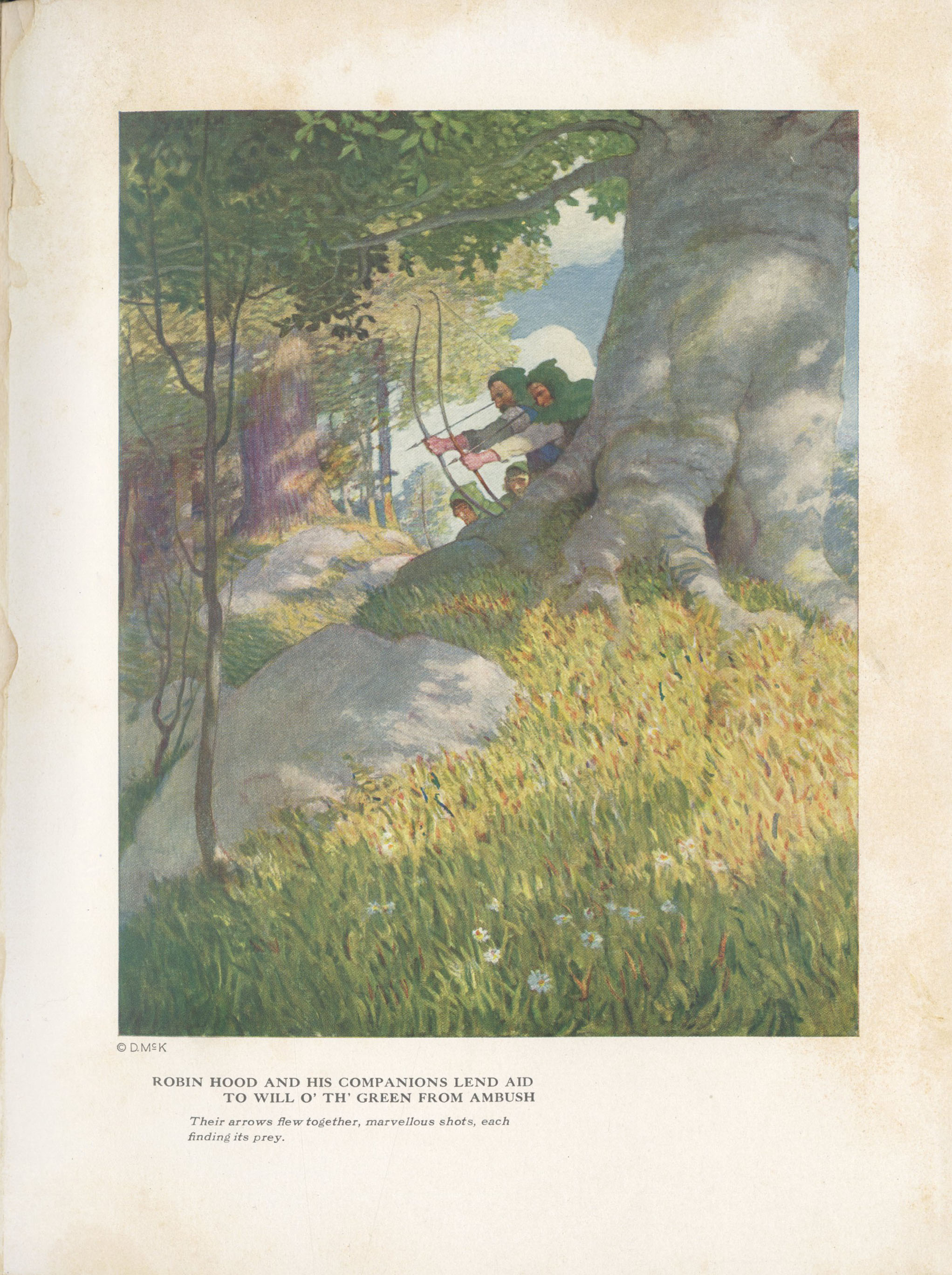
Creswick’s version of Robin Hood is also considered a masterpiece because of its illustrations during the golden age of illustration. Wyeth's illustrations are widely celebrated in the literary and artistic worlds because of their dynamic and realistic portrayal of the story. This book creates a fully immersive reading experience by accompanying the text with full color plates and illustrations, decorated end tables and a color title page, all things that were rare at the time of publication.
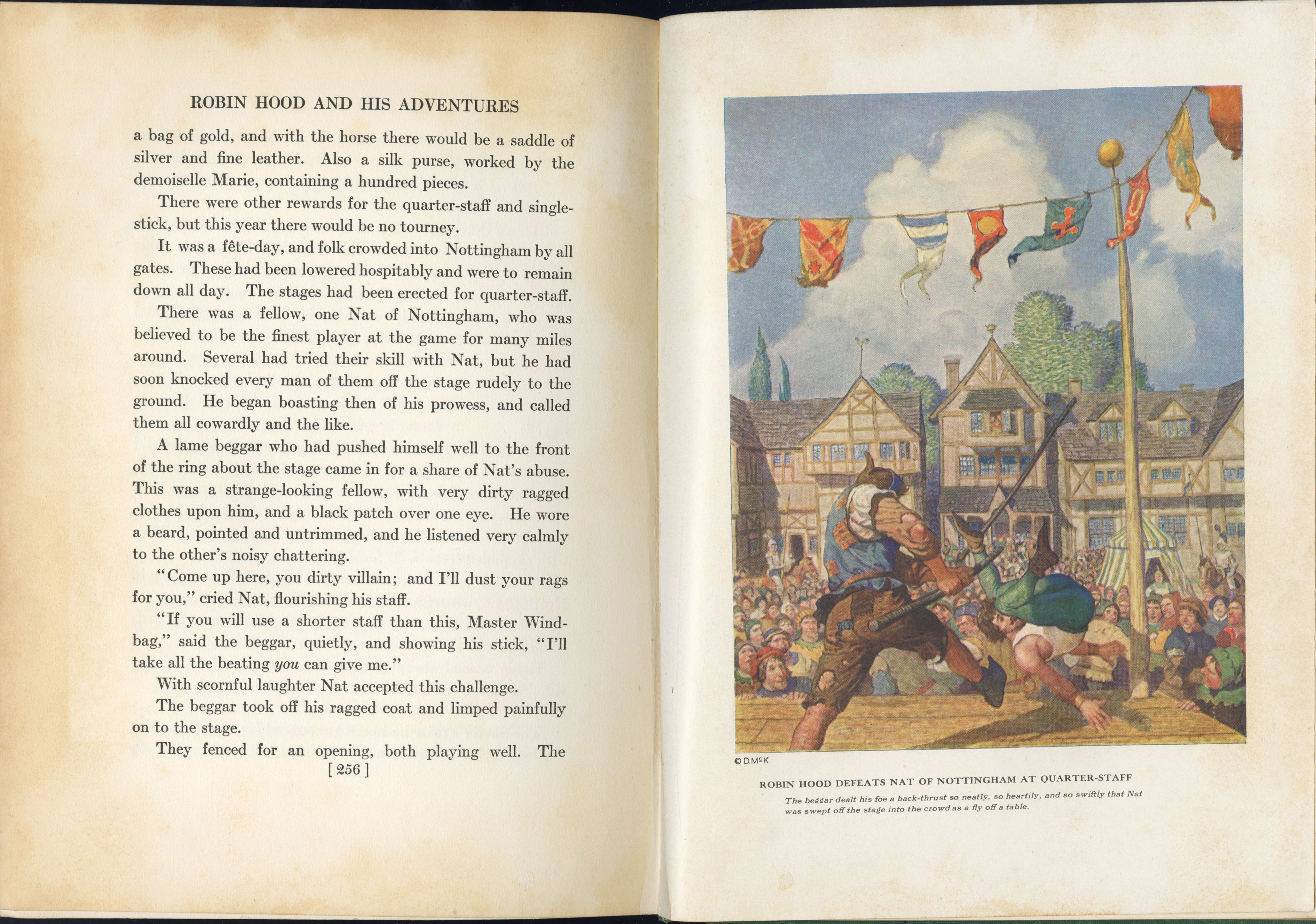
Overall, Creswick’s adaptation of Robin Hood is historically significant because of its focus on realism and the accompanying illustrations by N.C. Wyeth. This book from 1917 will be remembered for defining the look and character of Robin Hood for modern adaptations and is a significant piece of work to the literary and artistic worlds in large part thanks to N.C. Wyeth and his illustrations.
By Ben Erickson
